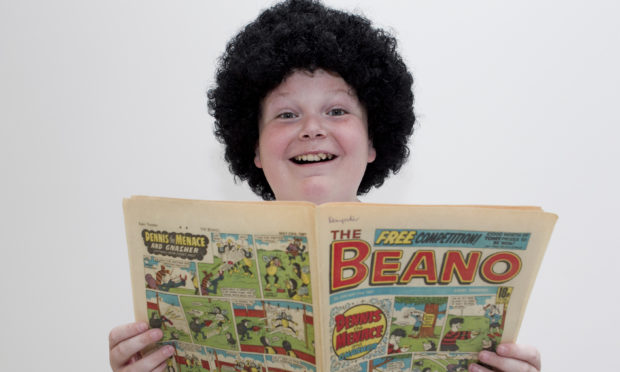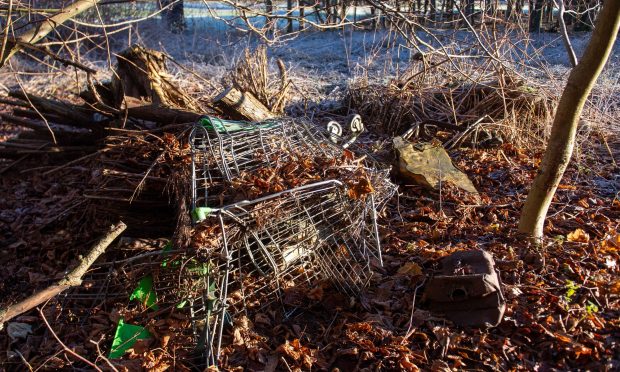A new poll by the Beano has revealed the lengths parents will go to in order to hide Christmas presents — and what children will do to get a sneak peek of their gifts.
The poll of 2,000 parents and children found youngsters are most likely to hunt for presents while their parents are cooking dinner or watching television.
The first place they will search is under their parents’ bed, followed closely by the bottom of their wardrobe.
The risk of rummaging means 70% of parents admit to stashing gifts outside the house, such as a relative’s house or at the office.
Nearly half, 47%, of children claim they know all of their parents’ usual hiding spots, with 61% finding the loot before December 25.
Among the more creative hiding spots named in the poll are behind the bath panel, a waterproof bag in the garden or right under the children’s noses in their own bedrooms.
Boxes with boring and misleading labels, such as “tax receipts”and the underwear drawer are other inventive hiding places.
However, some hiding spots are seemingly too good, as 58% of parents admitted they had forgotten were some presents were tucked away; only to find them months later.
Even worse for children, 21% of parents said they had accidentally thrown parcels away.
In the event of the nosy rascals finding their presents early, nearly two thirds of children, 61%, admitted they had been tempted to unwrap them early.
But only 15% admitted to acting on the impulse and taking a sneak peek. The majority tend to guess what is under the wrapping by touch, shaking, or sniffing at the package.
Mike Stirling, director at Beano Studios, said: “The annual hunt for presents is a huge Christmas tradition for kids.
“Finding them, squishing them and using all of their thinking power to suss out what might be inside before the final reveal on Christmas morning is all part of the fun of the holidays.
“The old, faithful hiding spots are not as secret as parents might think. It’s time to up your game and get creative.”
And before the grown-ups get too judgemental, they should be aware that the study suggests history has a habit of repeating itself – with eight in 10 Scottish parents confessing they were also guilty of searching for gifts when they were children.










